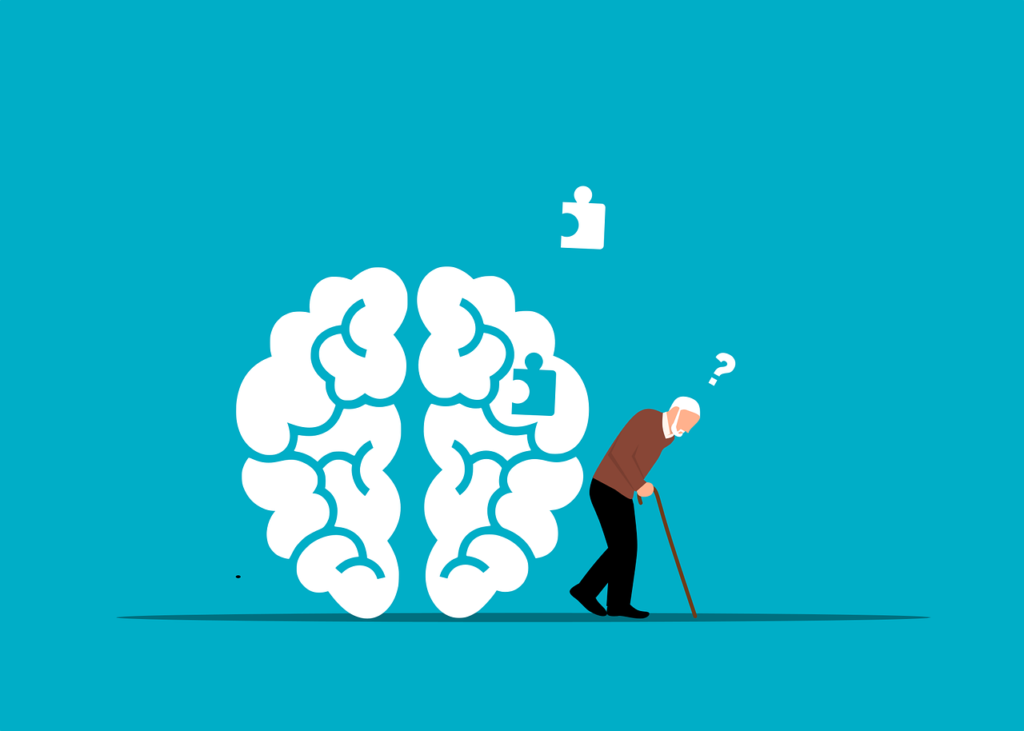What is Arthritis?
Arthritis is a common condition that causes inflammation and stiffness in the joints, leading to pain and reduced mobility. It encompasses a variety of disorders, including osteoarthritis, rheumatoid arthritis, and psoriatic arthritis, each with its own causes and characteristics.
Types of Arthritis
- Osteoarthritis (OA): This type of arthritis occurs when the protective cartilage that cushions the ends of bones wears down over time. It commonly affects weight-bearing joints such as the hips, knees, and spine.
- Rheumatoid Arthritis (RA): RA is an autoimmune disease where the body’s immune system mistakenly attacks the synovium, the lining of the membranes surrounding the joints. It can cause joint inflammation, pain, swelling, and eventually joint damage.
- Psoriatic Arthritis: Associated with the skin condition psoriasis, psoriatic arthritis can cause joint pain, swelling, and stiffness. It often affects the fingers, toes, and spine, and may also involve other organs such as the eyes and skin.
Symptoms of Arthritis
- Joint pain and stiffness, particularly in the morning or after periods of inactivity.
- Swelling and tenderness in the affected joints.
- Reduced range of motion and difficulty performing daily activities.
- Fatigue and weakness, especially with rheumatoid arthritis.
- Inflammation in other parts of the body, such as the eyes or skin, in psoriatic arthritis.
Causes of Arthritis
The causes of arthritis vary depending on the type:
- Osteoarthritis: Risk factors include aging, joint injury, obesity, genetics, and repetitive stress on the joints.
- Rheumatoid Arthritis: The exact cause is unknown, but genetic, environmental, and hormonal factors may play a role in triggering an autoimmune response.
- Psoriatic Arthritis: It is believed to involve genetic and environmental factors, with psoriasis being a common precursor.
Risk Factors
- Age: The risk of arthritis increases with age.
- Gender: Some types of arthritis, such as rheumatoid arthritis, are more common in women.
- Family history: Genetics can predispose individuals to certain types of arthritis.
- Obesity: Excess weight puts added stress on the joints, increasing the risk of osteoarthritis.
- Joint injuries: Trauma to the joints can lead to osteoarthritis later in life.
Diagnosis
Diagnosing arthritis typically involves a combination of medical history, physical examination, imaging tests (such as X-rays and MRI), and blood tests (such as rheumatoid factor and anti-CCP antibodies) to evaluate inflammation and assess joint damage.
Pharmacokinetics and Pharmacodynamics
Understanding how arthritis medications are absorbed, distributed, metabolized, and excreted in the body (pharmacokinetics) and how they exert their effects on the body (pharmacodynamics) is crucial for determining appropriate dosages and monitoring for side effects.
Pharmacological Treatment
- Nonsteroidal anti-inflammatory drugs (NSAIDs) to reduce pain and inflammation.
- Corticosteroids to reduce inflammation and suppress the immune system.
- Disease-modifying antirheumatic drugs (DMARDs) to slow or halt the progression of rheumatoid arthritis.
- Biologic response modifiers to target specific components of the immune system involved in arthritis inflammation.
Non-Pharmacological Treatment
- Physical therapy to improve joint flexibility and strength.
- Occupational therapy to learn techniques for performing daily tasks with less stress on the joints.
- Weight management to reduce pressure on weight-bearing joints.
- Assistive devices such as braces or splints to support and protect affected joints.
- Heat and cold therapy to alleviate pain and inflammation.
Conclusion
Arthritis is a common condition that can significantly impact quality of life, but with early diagnosis and appropriate treatment, symptoms can often be managed effectively. Understanding the different types of arthritis, their causes, symptoms, and treatment options is essential for individuals living with the condition and their caregivers. If you suspect you have arthritis or are experiencing joint pain or stiffness, consult a healthcare professional for evaluation and personalized treatment recommendations.




